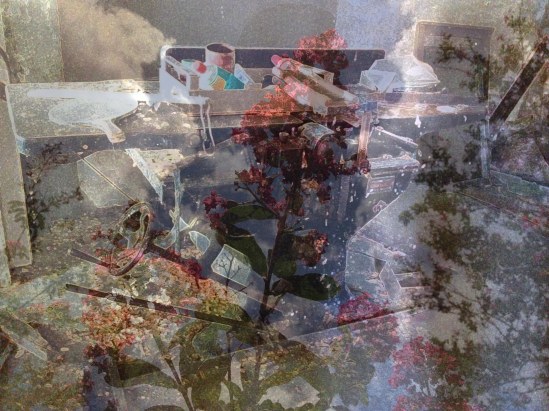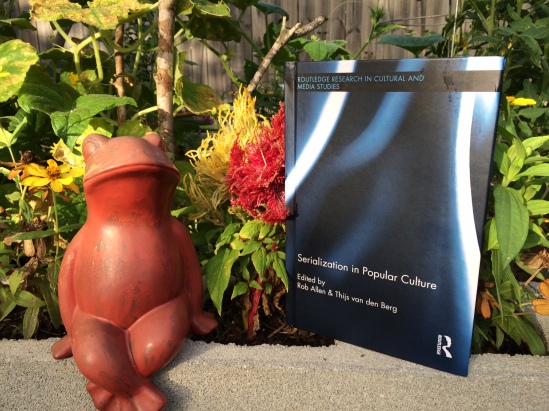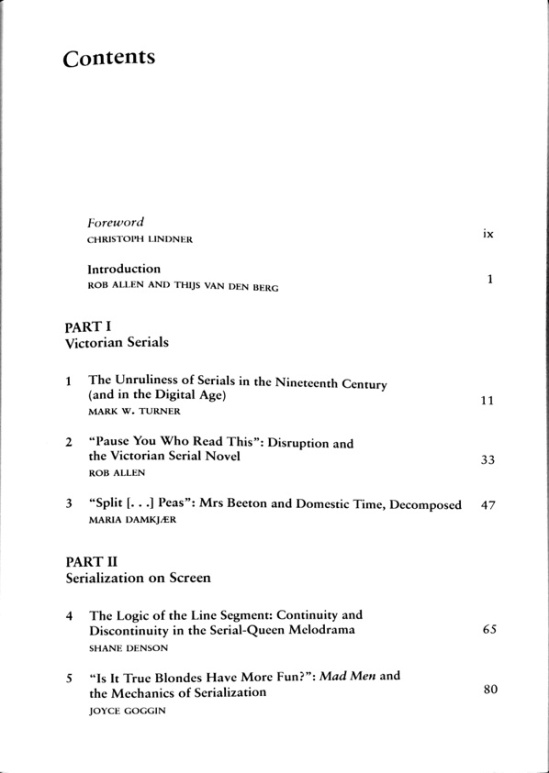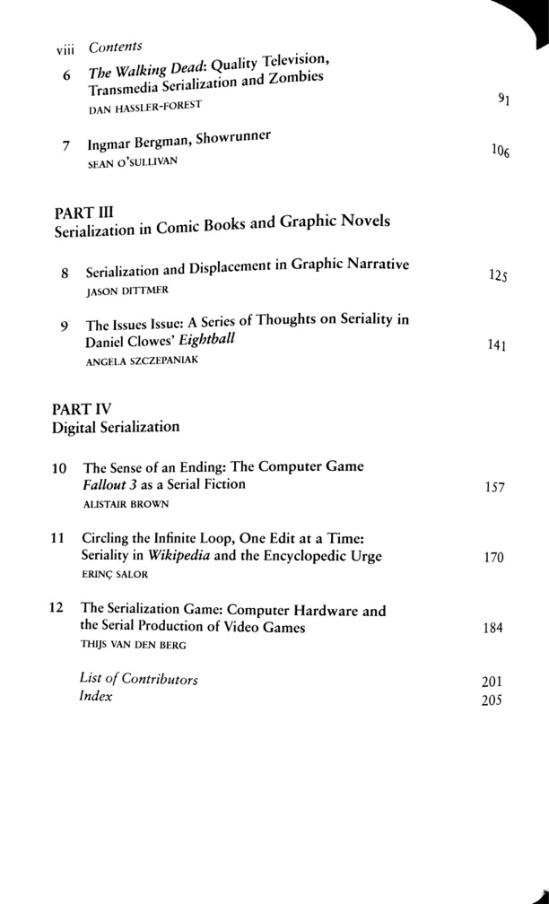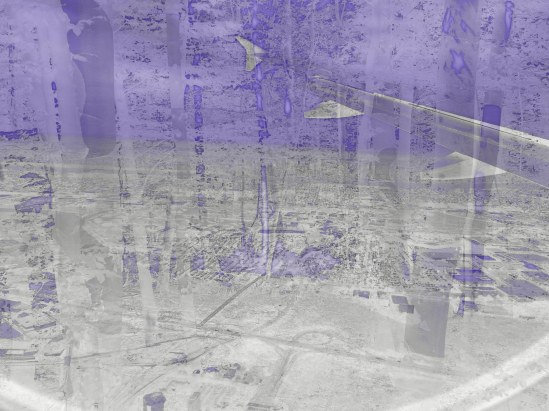
My family and I are just about to relocate from Texas (where we’ve been based for the past couple of months) to North Carolina, where I will embark on a 2-year DAAD postdoctoral fellowship at Duke University beginning August 1. It turns out, however, that two conferences will have me returning to the Lone Star State this fall: first, the Flow Conference 2014, which will take place from September 11-13 at the University of Texas at Austin, and then the annual conference of the Society for Literature, Science, and the Arts (SLSA) the following month, October 9-12, hosted this year by Southern Methodist University in Dallas.
At the Flow Conference, I will be participating in a roundtable discussion on “Theory.” By way of preparation, participants are asked to prepare a short position paper, and I will post mine here in due time. For now, the ground I wish to cover is outlined in this brief answer to the discussion question “How can media studies make theory more user-friendly?”
Nonhuman Media Theories and their Human Relevance
Shane Denson
Rejecting the excesses of deconstructive “high theory,” approaches like cultural studies promised to be more down-to-earth and “user friendly.” While hardly non-theoretical, this was “theory with a human face”; against poststructuralism’s anti-humanistic tendencies, human interaction (direct or mediated) returned to the center of inquiry. Today, however, we are faced with (medial) realities that exceed or bypass human perspectives and interests: from the microtemporal scale of computation to the global scale of climate change, our world challenges us to think beyond the human and embrace the nonhuman as an irreducible element in our experience and agency. Without returning to the old high theory, it behooves us to reconcile the human and the nonhuman. Actor-network theory, affect theory, media archaeology, “German media theory,” and ecological media theory all highlight the role of the nonhuman, while their political (and hence human) relevance asserts itself in the face of very palpable crises – e.g. ecological disaster, which makes our own extinction thinkable (and generates a great variety of media activity), but also the inhuman scale and scope of global surveillance apparatuses.
Then, at SLSA, which revolves this year around the concept of “Fluid,” I’ll be returning to post-cinema, metabolism, and the films of Shane Carruth. Here’s my abstract for that one:
Metabolic Media: On the Fluid Images and Ecologies of Post-Cinema
In an age of computational image production and networked distribution channels, media “contents” and our “perspectives” on them are rendered ancillary to algorithmic functions and become enmeshed in an expanded, indiscriminately articulated plenum of images that exceed capture in the form of photographic or perceptual “objects.” That is, post-cinematic images are thoroughly processual or fluid in nature, from their digital inception and delivery to their real-time processing in computational playback apparatuses; furthermore, and more importantly, this basic processuality explodes the image’s ontological status as a discrete packaged unit, and it insinuates itself – as I will argue – into our own microtemporal processing of perceptual information, thereby unsettling the relative fixity of the perceiving human subject. Post-cinema’s cameras thus mediate a radically nonhuman ontology of the image, where these images’ discorrelation from human perceptibility signals an expansion of the field of material affect: beyond the visual or even the perceptual, the images of post-cinematic media operate and impinge upon us at what might be called a “metabolic” level, modulating the flow of lived duration itself.
Building upon Steven Shaviro’s theorization of “post-cinematic affect,” Maurizio Lazzarato’s Marxist-Bergsonist “video philosophy,” and Mark B. N. Hansen’s post-phenomenological analyses of “21st-century media,” this presentation focuses especially on the work of independent filmmaker Shane Carruth (Primer, 2004; Upstream Color, 2013) in an attempt to theorize the emerging interface forms through which contemporary moving-image media transductively generate experiences of a decidedly postnatural environment.
